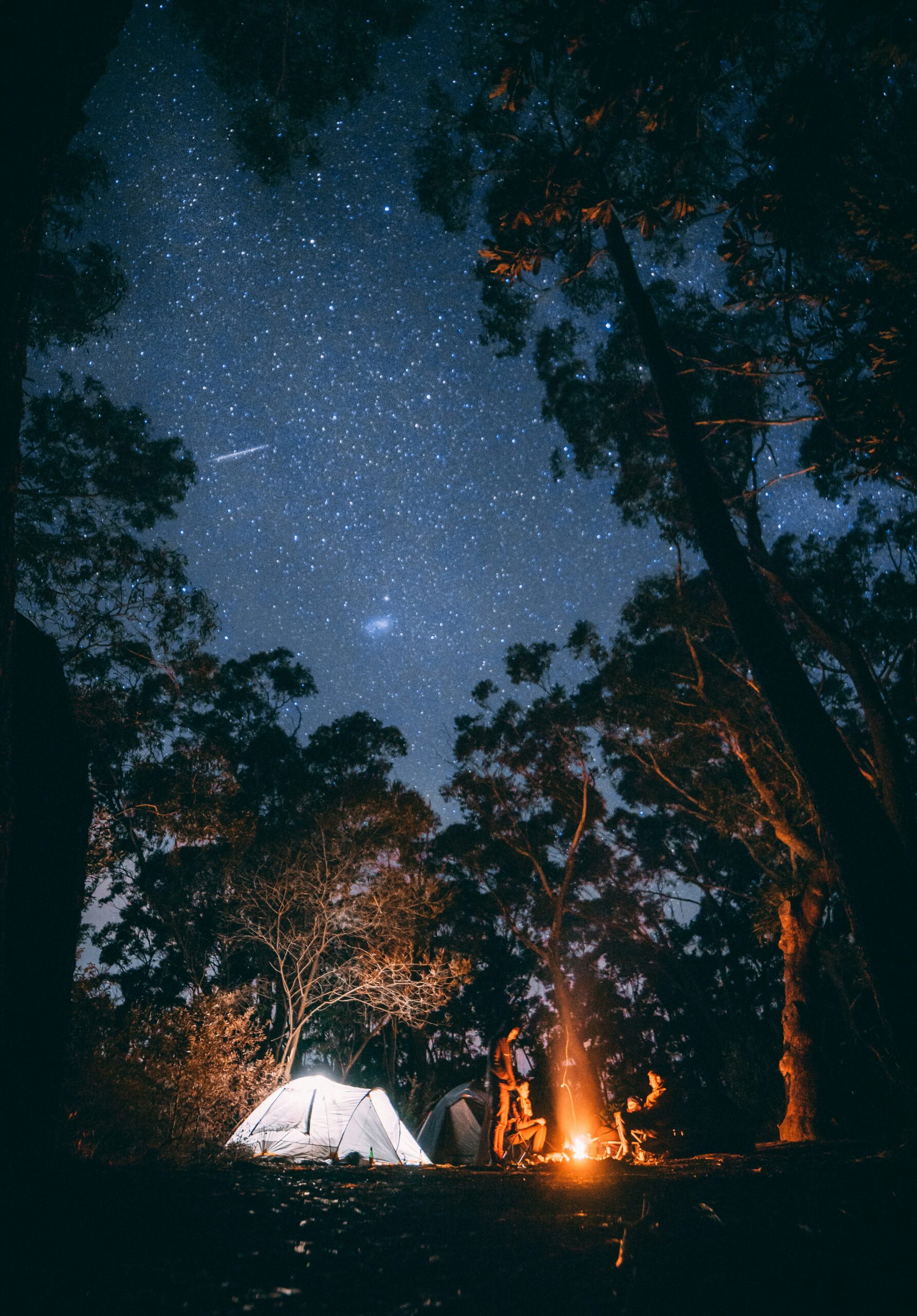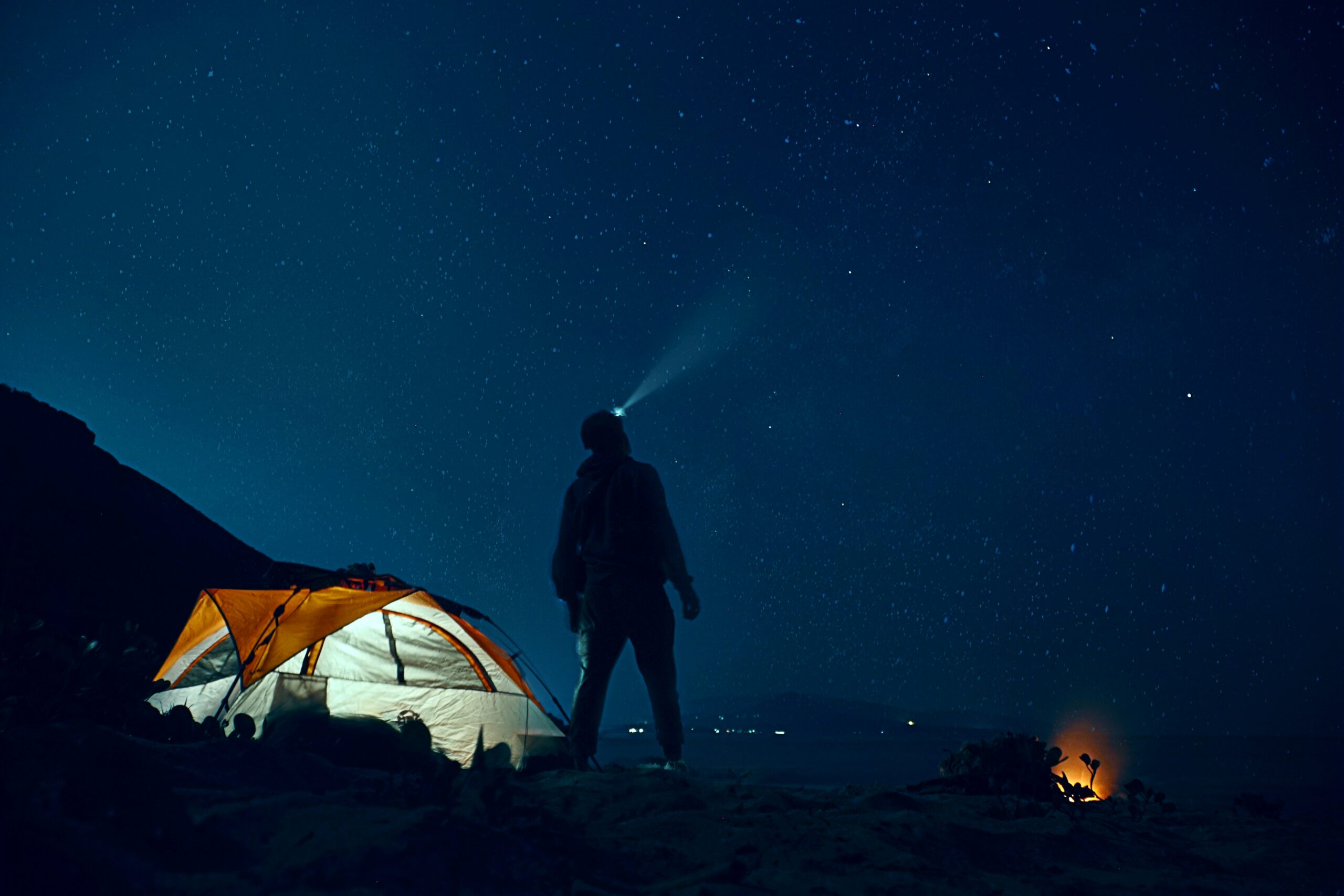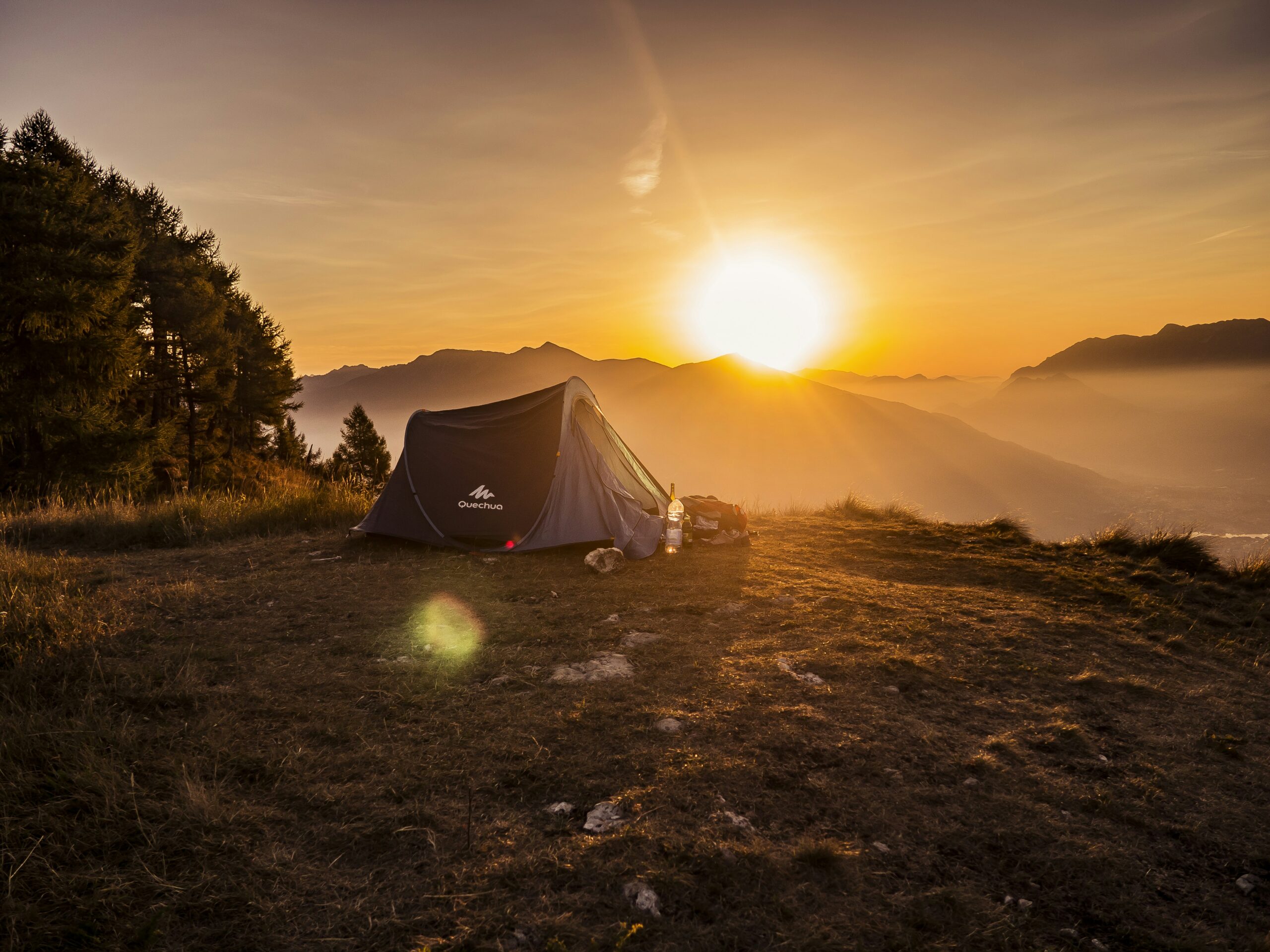Mount Shasta, the majestic peak that stands tall in California, beckons outdoor enthusiasts and nature lovers alike. However, as wildfire season approaches, concerns regarding camping restrictions surface. The article explores whether there are any limitations imposed during this time to ensure the safety of campers and preserve the natural beauty of Mount Shasta. Discover the measures in place and gain insights into how you can make the most of your camping experience while respecting the delicate ecosystem that thrives on this breathtaking mountain.
Understanding Wildfire Season on Mount Shasta
Define wildfire season
Wildfire season refers to a period of the year when the risk of wildfires is significantly higher due to specific weather conditions, such as dry vegetation, low humidity, and strong winds. In the case of Mount Shasta, a prominent volcanic peak located in Northern California, wildfire season typically occurs during the summer and early fall months when temperatures are high and precipitation is limited.
Specific conditions during wildfire season on Mount Shasta
During the wildfire season on Mount Shasta, several conditions contribute to the increased risk of fires. Firstly, the combination of hot and dry weather conditions causes vegetation to become dry and highly flammable. Additionally, the presence of strong gusty winds can rapidly spread flames, making it harder to control the fire. A lack of precipitation further exacerbates the situation, as it limits the availability of moisture to dampen potential fire ignition sources.
Common causes of wildfires on Mount Shasta
Several factors contribute to the occurrence of wildfires on Mount Shasta. Among the most common causes are human activities, including unattended campfires, discarded cigarettes, and improperly extinguished burning materials. Additionally, lightning strikes during dry thunderstorms can ignite fires in the area. It is essential for campers and visitors to exercise caution and follow safety guidelines to prevent accidental fires.
General Camping Regulations on Mount Shasta
Overview of camping rules and regulations
Camping on Mount Shasta is subject to certain rules and regulations to ensure the safety of visitors and protect the surrounding environment. These regulations are set forth by the managing agencies responsible for the area, such as the U.S. Forest Service. Common regulations include restrictions on campfire usage, designated camping areas, and the requirement to obtain permits for overnight stays.
Specific locations for camping
Mount Shasta offers a range of camping options for visitors. These include established campgrounds, backcountry camping areas, and dispersed camping sites. Established campgrounds provide amenities such as toilets, picnic tables, and fire rings, while backcountry camping allows for a more secluded experience. Dispersed camping, on the other hand, permits camping outside designated areas, but it is important to follow the specific regulations for such camping.
Permits and fees for camping
In certain areas on Mount Shasta, camping permits may be required to ensure proper management and regulation. These permits often come with fees that contribute to the maintenance and upkeep of the camping facilities and surrounding infrastructure. It is advised to check with the appropriate authorities or visit their websites to obtain current information on permit requirements and associated fees.

Fire-Specific Camping Rules on Mount Shasta
Open fire regulations
To prevent the risk of wildfires, open fires may be restricted or prohibited during certain periods or in specific areas on Mount Shasta. This restriction typically includes campfires, bonfires, and the burning of debris. Campers should be aware of the current fire regulations and follow any guidelines or restrictions provided by the managing agencies.
Rules regarding camp stoves
While open fires may be restricted, camp stoves are often permitted for cooking purposes during wildfire season on Mount Shasta. However, it is important to exercise caution when using camp stoves and ensure they are properly maintained and operated. Following the manufacturer's instructions and practicing safe cooking practices can help minimize the risk of accidental fires.
Smoke control policies
In addition to specific regulations regarding open fires and camp stoves, Mount Shasta may have smoke control policies in place during wildfire season. These policies aim to reduce the impact of smoke on air quality and public health. Campers should be aware of any smoke control guidelines and take measures to minimize smoke emissions, such as using propane-fueled stoves instead of wood-burning ones.
Camping Restrictions During Wildfire Season
Explanation of restrictions
During wildfire season on Mount Shasta, camping restrictions may be implemented to reduce the risk of fires and protect the safety of visitors. These restrictions can include limitations on camping areas, campfire bans, and even temporary closures of certain parts of the mountain. It is crucial for campers to stay informed about these restrictions and comply with them to avoid unnecessary risks.
Reasons for restrictions
The primary reasons for camping restrictions during wildfire season are to prevent accidental fires and limit the potential for fire spread. By restricting campfires and camping in certain areas, the managing agencies can minimize the ignition sources and ensure that resources are available to respond to any emergencies that may arise. These restrictions aim to protect campers, the environment, and the overall safety of the mountain.
Duration of restrictions
The duration of camping restrictions during wildfire season on Mount Shasta can vary depending on the specific circumstances and weather conditions. It is essential to stay updated on the latest information provided by the managing agencies to know when the restrictions are in effect and when they may be lifted. Monitoring local news, agency websites, and contacting relevant authorities can help campers stay informed about the duration of these restrictions.

Implications of Disobeying Camping Restrictions
Potential legal consequences
Disobeying camping restrictions during wildfire season on Mount Shasta can have severe legal consequences. Since these restrictions are in place for public safety and environmental protection, violating them may result in fines, citations, or even criminal charges. It is important to respect and follow the rules set forth by the managing agencies to avoid any legal complications that could spoil your camping experience.
Risk for individual safety
Disregarding camping restrictions during wildfire season also poses significant risks to individual safety. The increased likelihood of fires and potentially limited emergency response resources can place campers in danger. By obeying the restrictions, campers can minimize their exposure to risks and ensure their own safety, as well as the safety of others in the area.
Long term impact on the environment
Camping restrictions are implemented to protect the fragile ecosystems and natural beauty of Mount Shasta. Failure to comply with these restrictions can result in damage to the environment and wildlife habitats. Additionally, wildfires caused by careless behavior can have long-lasting impacts on the forest, destroying vegetation, and disrupting the overall ecosystem. By respecting camping restrictions, visitors contribute to the preservation of Mount Shasta's natural heritage for future generations.
Safety Measures While Camping on Mount Shasta During Wildfire Season
Recommended gear and equipment
When camping on Mount Shasta during wildfire season, it is important to be prepared for potential fire-related emergencies. Essential gear and equipment include a fire extinguisher, a first aid kit, a shovel, and a reliable means of communication. Additionally, packing extra food, water, and warm clothing is advised in case of unexpected situations or prolonged stays.
Fire safety practices
To minimize the risk of accidental fires, it is important to practice proper fire safety while camping on Mount Shasta. This includes adhering to any open fire regulations, properly extinguishing campfires, and being mindful of fire hazards in the surrounding area. Keeping flammable materials away from open flames and ensuring a clear area around campfires can significantly reduce the risk of fire incidents.
Emergency plan and contact information
Creating an emergency plan and having access to relevant contact information is crucial when camping during wildfire season. This plan should include evacuation routes, designated meeting points, and emergency contact numbers for local authorities. Familiarizing yourself with the location and operation of the nearest emergency services is essential in case of any emergencies or the need for assistance.
Weather and fire risk updates
Staying informed about the current weather conditions and fire risk levels is essential for safe camping on Mount Shasta during wildfire season. Monitoring local weather forecasts, fire advisories, and obtaining updates from the managing agencies can help campers make informed decisions regarding their plans. Being aware of changing conditions allows campers to adjust their activities and take appropriate safety measures accordingly.

Effect of Wildfires on Camping Sites and Trails on Mount Shasta
Damage to camping sites
Wildfires can cause significant damage to camping sites on Mount Shasta. The destruction of vegetation and the scorching of the surrounding landscape can render campgrounds and camping areas unsafe and inaccessible. It is important to note that closures or repairs may be necessary after a wildfire to ensure visitor safety and the restoration of the camping environment.
Availability and condition of trails
Similarly, wildfires can impact the availability and condition of trails on Mount Shasta. Damage from fire, such as fallen trees, unstable terrain, or debris, may lead to trail closures or limited access to certain areas. It is advisable to check for trail closures or advisories before embarking on any hiking or exploration activities and to follow any instructions or warnings provided by the managing agencies.
Restoration efforts post wildfire
Following a wildfire, restoration efforts are undertaken to rehabilitate the affected areas on Mount Shasta. These efforts may include clearing debris, replanting vegetation, and repairing infrastructure. The duration and success of restoration can vary depending on the extent of the damage and environmental conditions. It is important for campers to respect any closures or restrictions in place to allow for effective restoration and recovery.
Alternatives to Camping on Mount Shasta During Wildfire Season
Alternative camping sites in the area
If camping on Mount Shasta is not feasible or restricted during wildfire season, there are alternative camping sites in the surrounding area. These sites may offer similar natural beauty and recreational opportunities while potentially having lower fire risks. Researching and exploring nearby campgrounds, national forests, or state parks can provide viable alternatives for camping enthusiasts.
Other outdoor activities on Mount Shasta
While camping may be restricted during wildfire season, Mount Shasta offers a range of other outdoor activities to enjoy. Hiking, fishing, wildlife watching, and scenic drives are just a few options available to visitors. Exploring the natural wonders and engaging in recreational activities that do not pose a significant risk of starting fires can still provide a memorable and enjoyable experience on and around Mount Shasta.
Best time to camp on Mount Shasta outside wildfire seasons
To avoid the camping restrictions and potential risks associated with wildfire season, planning a camping trip on Mount Shasta outside these months is advisable. Late spring and early summer, before the peak fire season, often provide more favorable conditions for camping. As weather patterns and fire risks can vary from year to year, it is recommended to check with the managing agencies for the most up-to-date information regarding safe camping periods.
Understanding the Impact of Climate Change on Wildfire Season and Camping
How climate change affects fire seasons
Climate change plays a significant role in shaping the length, intensity, and frequency of wildfire seasons. Rising temperatures, reduced precipitation, and altered weather patterns contribute to drier vegetation and increased fuel availability, creating favorable conditions for wildfires. The prolonged fire seasons and heightened fire risks associated with climate change have a direct impact on camping activities, necessitating additional precautions and restrictions to ensure safety.
Climate change's impact on camping on Mount Shasta
Climate change affects camping on Mount Shasta by intensifying the risks and challenges associated with wildfire seasons. The increased frequency and severity of wildfires can lead to more frequent closures, longer restrictions, and unpredictable conditions for campers. It is important for campers to recognize the connection between climate change and the changing landscape of Mount Shasta to make informed decisions and support efforts to mitigate further climate impacts.
Measures to mitigate climate change impacts
To protect the natural environment and sustain the recreational opportunities offered by Mount Shasta, it is crucial to take measures to mitigate climate change impacts. These measures can include reducing greenhouse gas emissions by adopting sustainable practices, supporting reforestation efforts, and advocating for policies that promote the preservation of our natural resources. Implementing sustainable camping practices and raising awareness about climate change can contribute to long-term solutions.
Resources and Information about Camping on Mount Shasta During Wildfire Season
Relevant online resources and websites
Several online resources and websites provide valuable information about camping on Mount Shasta during wildfire season. Websites such as the U.S. Forest Service's official page for the Shasta-Trinity National Forest offer current updates on camping restrictions, trail closures, and fire-related advisories. Additionally, local news outlets often provide relevant information and news regarding wildfire season and associated camping regulations.
Local agencies to contact for information or assistance
Local agencies responsible for managing Mount Shasta and its surrounding areas are excellent sources of information and assistance. The U.S. Forest Service, Shasta-Trinity National Forest, and the Mount Shasta Ranger District can provide up-to-date information on camping restrictions, permits, and any changes in wildfire conditions. Contacting these agencies directly or visiting their offices can help address specific inquiries and ensure accurate information.
Books and guides on Mount Shasta camping
Books and guides dedicated to camping on Mount Shasta can offer valuable insights and recommendations for planning a safe and enjoyable camping trip. Publications such as “The Mount Shasta Book: Guide to Hiking, Climbing, Skiing, and Exploring the Mountain and Surrounding Area” by Andy Selters and “Hiking Mount Shasta: A Guide to Climbing, Skiing, and Exploring the Mountain” by Bubba Suess provide comprehensive information on camping areas, trails, and safety precautions for visitors.
In conclusion, understanding wildfire season on Mount Shasta is crucial for campers to ensure their safety and protect the environment. Familiarizing yourself with camping regulations, adhering to restrictions, and practicing fire safety can help minimize risks during this period. Remember to stay informed, be prepared, and respect the guidelines set forth by managing agencies to maintain the beauty and integrity of Mount Shasta for generations to come.
